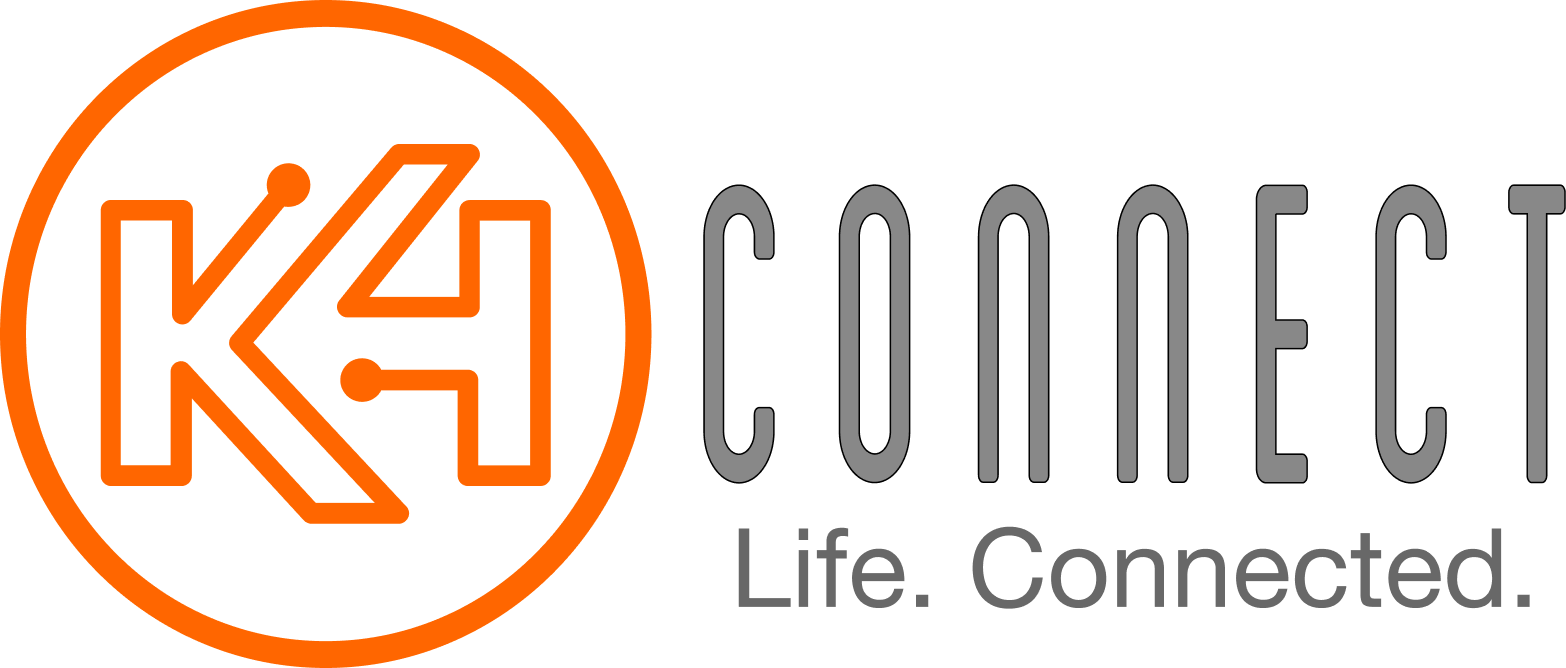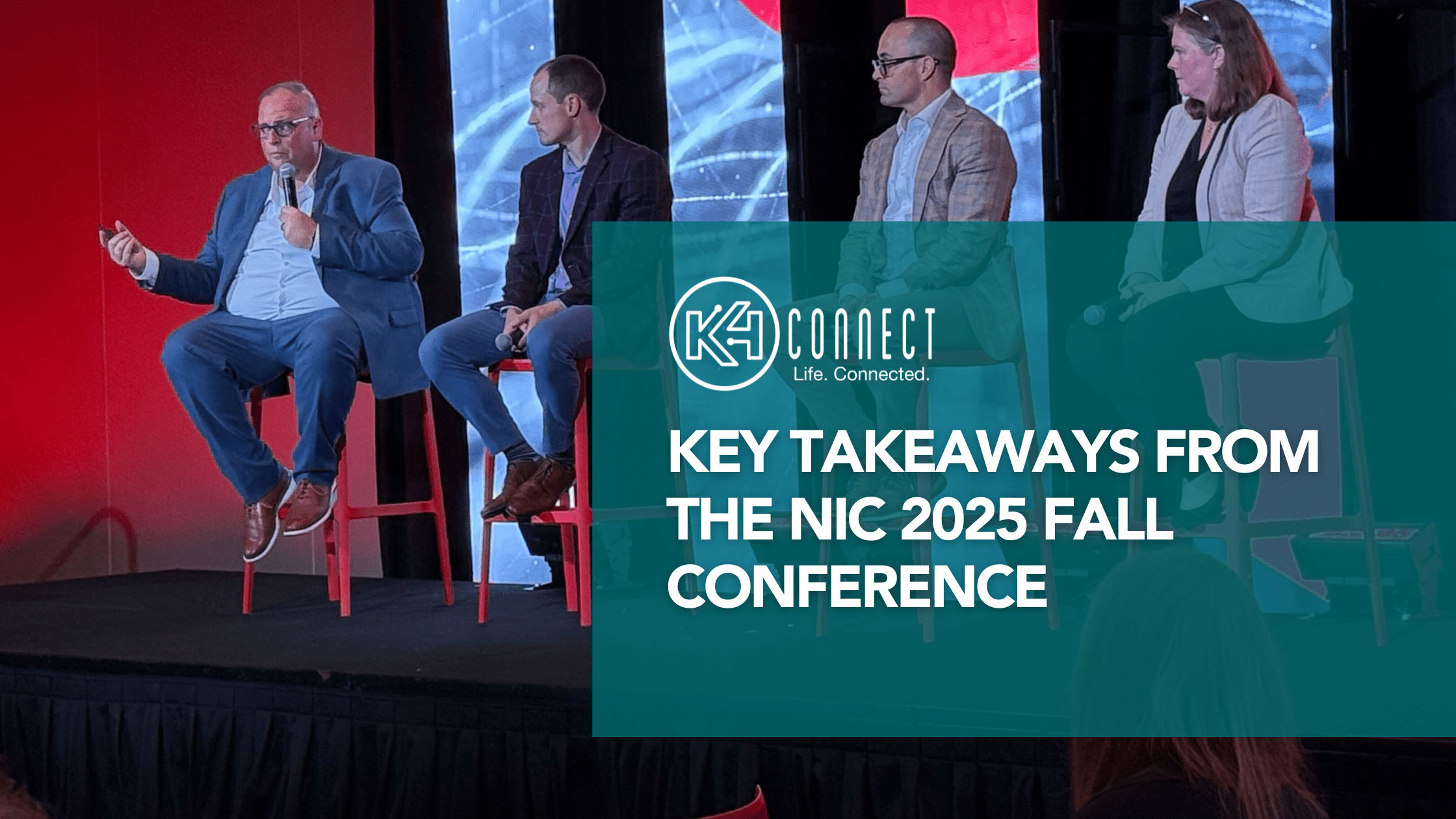This year, members of our K4Connect team had the privilege of attending the National Investment Center (NIC) Conference in Austin, Texas. This annual gathering is always a pulse check on the state of the senior housing and care market, bringing together leaders across capital, operations, and innovation. This year’s event, held September 8-10, was no exception; energizing, thought-provoking, and, in many ways, a clear indicator of where our industry is heading. Below are a few key reflections from the conference.
Capital Confidence in Senior Housing
One of the strongest signals from this year’s NIC was the robust presence of capital. Investors were out in full force, and importantly, they were optimistic. In conversation after conversation, it was clear that there is meaningful capital ready to be deployed, and a confidence that senior housing remains a resilient, attractive sector for investment.
This confidence is rooted in a demographic reality: the wave of aging Baby Boomers is only just beginning. Over the next 20 to 30 years, tens of millions of Americans will cross into their 70s, 80s, and 90s. By 2030, all Baby Boomers will be over the age of 65, and by 2040, the U.S. population aged 85 and older is projected to nearly double. This is not a temporary trend; it is a multi-decade demographic shift that will fundamentally reshape the demand for senior housing, care, and services.
The challenge is that current senior housing supply is not keeping pace with this growth. Development slowed significantly in recent years due to rising construction costs, labor shortages, and the lingering effects of the pandemic. Yet the demand curve is inevitable. That’s why the presence of ready capital at NIC is so important. It signals that investors understand both the need and the opportunity: providers will require significant investment to expand capacity, modernize communities, and innovate to serve a much larger, and more diverse, aging population.
In short, investors see what providers already know: the coming decades will bring unprecedented demand for senior housing. Those who prepare today, with both the resources and strategies to scale, will be positioned for long-term success.
Data as the Next Frontier
In the NIC Innovation Lab, there was an outstanding discussion on the power of organizational data to drive operational excellence. For years, senior living has rightly focused on technology tools to improve communication, resident engagement, and clinical outcomes. But the conversation is now shifting: how do we harness the data those tools generate to become smarter, faster, and more proactive operators?
Morgan Graphman, Director of Business Intelligence for Ascent Living Communities spoke about their organization’s journey to develop insights with operational focus. She stressed the value of having the ability to measure data around Labor, Care, Revenue Cycle Management, and operating expenses.
It was clear from the dialogue that data is not just a “nice to have”, it is becoming the next frontier of innovation in aging services. Organizations that can integrate data from across their operations, sales and marketing, resident well-being, staffing, financial performance, and beyond, will be best positioned to optimize their communities. They will also be more attractive to capital partners who increasingly value data-driven decision-making.
At K4Connect, this reinforces our commitment to the FusionOS platform and building solutions that not only enable day-to-day operations but also unlock meaningful insights for providers.
The Excitement and Challenge of AI
Joe Velderman, Chief Strategy Officer at K4Connect, was grateful for the opportunity to join a panel discussion on practical use cases for artificial intelligence (AI) in senior living. The session was packed with providers, investors, and vendors; clear evidence of the industry’s growing excitement about AI.
Michael Pittore, Co-CEO of Agemark Senior Living shared that he is “all in” on AI. He’s intentionally made a decision to be a business leader that embraces the transformational capabilities in his day to day to inspire others within the organization to responsibly embrace the technology.
The conversations revealed both tremendous opportunity and a current gap. On the one hand, we can all imagine the impact of AI in areas such as customer relationship marketing, workforce support, and personalized resident engagement. On the other, many providers are struggling to translate that excitement into an actionable strategy, or to dedicate funding for early pilots and initiatives.
In short, AI is top-of-mind, but it is still viewed as “tomorrow’s project” for many organizations. The providers who take a disciplined, strategic approach now, even with small, focused projects, will be the ones to shape what AI looks like in our industry over the next decade.
Looking Ahead
The NIC Conference always offers an invaluable opportunity to step back and take stock of where we are as an industry. This year, the themes of capital availability, data as a competitive differentiator, and the promise of AI stood out most strongly.
At K4Connect, we are energized by these trends. We believe technology and innovation are essential to creating communities where older adults can thrive, and where operators can succeed financially and operationally. The conversations in Austin only reinforced that belief, and reminded us that the work we are doing today is shaping the senior living experience of tomorrow.
As we look ahead, the demographic wave of the Baby Boomer generation adds urgency to these themes. The aging population will drive demand for more communities, more services, and smarter ways of operating than ever before. That makes the availability of capital, the intelligent use of data, and a thoughtful approach to AI not just opportunities, but necessities. The time to prepare is now, so that senior living can rise to meet the needs of the next 20 to 30 years.

